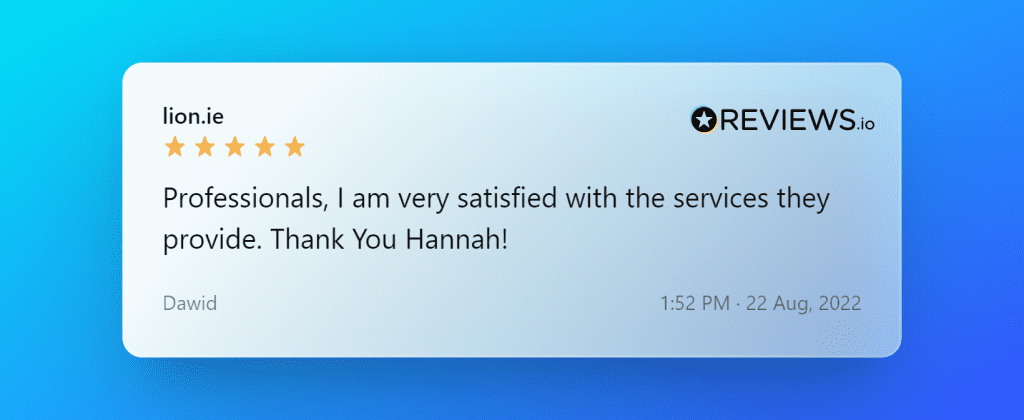Guide to Income Protection for Company Directors

For the purpose of this article, we’re talking to sound company owners who want to protect their staff and also to the Directors of small businesses who want to protect themselves.
Any employer worth their salt knows that without their employees, they have nothing.
So, a smart employer will always put Executive Income Protection in place to keep their staff safe and happy.
And if you are a Director of your own Limited Company, you’ll want to ensure you’re ok if the worst happens.
Now, I know some employers pride themselves on being the tightest in their industry, so we’re talking to those who value their employees and want to look after them.
Because let’s be honest, by looking after your employees, you’re looking after your business too.
It’s a magical trade-off that keeps everyone happy.
What Would You Do If You Or An Employee Got Sick (Long Term)?
Can you afford to keep paying them for six months, a year, or two years?
What if they can never get back to work?
I’m taking a punt (looking at our situation here at lion.ie) and saying, no, it’s not something you can afford to do long-term.
I could afford to pay myself for a year, but then I would need to employ someone to do what I do to generate enough revenue to pay my sick pay and their wages.
It would simply be unsustainable.
Thankfully, my Executive Income Protection would ride in to save the day and pay me 75% of my current income.

As a company director, I wouldn’t be without it.
What Is Executive Income Protection?
Executive Income protection is similar to Personal Income Protection.
It’s a policy that pays your wages if you are signed off as unable to work long-term.
It gives you money to pay all your bills and maintain your current lifestyle.
The main difference from Personal Income Protection is that your employer (or your Company if you’re a Director) pays for it.
There is no Benefit in Kind for the employee, and the employer can claim tax relief on the premiums.
You can insure up to 75% of your income – less any state illness benefit you may be eligible for – so you don’t have to worry about the heavies from the bank repossessing the family home if you fall ill and can’t work.
In other words, it provides a speed boat if you find yourself up shit creek without a paddle.
How Does Executive Income Protection Work?
As the employer/company owner, you are responsible for paying the income protection premiums every month.
Should the worst happen for one of your covered employees, the policy would pay out up to 75% of their annual income to the Company.
The Company then deducts all necessary taxes (income tax, PRSI, USC) and pays the employee a net income until they can get back to work or until the ceasing age on their policy.
How Much Income Protection Do You Need?
When deciding to sign up for this little gem, you’ll have to have a long hard think about how much cover you and your employees need.
You don’t want to over-insure them, especially if they hold personal protection policies, because you could end up paying for more income protection than your insurer can pay out.
Don’t panic; that’s what specialist income protection advisers are here for. We can help talk you through all your options and how to decide the level of cover you or your employee may need.
As a guide, employers protect two-thirds and three-quarters of their employees’ income.
You don’t want your employee to make more money by being off sick – it sounds cruel, but you want them to come back to work, so there has to be a financial incentive to get back to work.
Why would they do that if they’re making more money by chilling at home for longer than they should?
That’s why the maximum the insurance will pay out is 75% of their income.
Does Executive Income Protection Have Any Other Benefits?
Of course, let’s examine them from the point of view of the employer first:
Your employees have their income protected, making your place a more attractive workspace.
It’s easier to manage the cost of employee sick leave, and you know that after the deferred period of 4/8/13/26/52 weeks, the insurer will step in and pay sick leave.
Executive income protection improves employee loyalty and morale because you’re looking out for them.
If you are generous, you can cover your employee’s pensions too.
And finally, music to your accountant’s ears – the income protection premiums are a tax-deductible expense.

So what does the employee get?
A replacement income of up to 75% of your salary if you cannot work for longer than the deferred period.
If you can’t return to work, your income protection payments continue until the policy expiry date is reached (usually age 68)
You don’t have to pay for the policy; the costs are covered by your boss – sound!
How Long Does An Executive Income Protection Policy Last?
This is entirely up to the employer because they pay the premiums and own the policy.
Employers can cover their staff to a minimum age of 55 and maximum age of 70.
Most employers set theirs at the current retirement, so the normal ceasing age on a policy is age 68. But, as we are now being encouraged to work until age 70, many employers now cover their staff up to 70.
However, some occupations have a maximum age limit. So, if you’re an employer looking for an executive income protection policy, you’ll want to reach out to a broker to determine your industry’s expiry age.
How Much Does Executive Income Protection Cost?
It depends on:
Age
Occupation
Deferred Period
Ceasing Age
Amount Income to Insure
Smoker/Non
Health
I’ll point you to this blog on our income protection calculator to find out more
Here’s an example of the cost of Executive Income Protection:

Quote Type: Income Protection
First Person: Non-Smoker, 40 years of age
Cover Amount: €70,000 per year until age 68.
Occupation Class: Director | office-based (Class 1)
Deferred Period: 26 weeks
Cost to Company per month after tax relief: €100
Your key staff are definitely worth €100 per month.
If you’re a Company Director and your Company can’t afford €100 per month for income protection, well then, maybe the world of self-employment isn’t for you. And I don’t mean that disparagingly. If you’ve been in business for over three years and don’t have income protection, you should consider becoming an employee again. The risk of self-employment is too great.
Over To You….
Now, if you’ve got this far, I think it’s safe to assume you are one of those fairy godmother-type employers or a company director who has been sailing too close to the wind.
If the former, kudos to you. We need more of you around.
If the latter, I see you; we all take risks as entrepreneurs but now is the time to mitigate one of the major risks you face – unexpected ill health.
Let us help you.
Now, I know you’re probably super busy. As a business owner, I know how crazy busy the days get, so we simplify things.
Complete this questionnaire, and I’ll be right back with some options we can discuss over a call or email – whatever suits you.
Income protection can go on the long finger forever, so please take this opportunity to secure your or your employee’s future.
Thanks for reading
Nick




